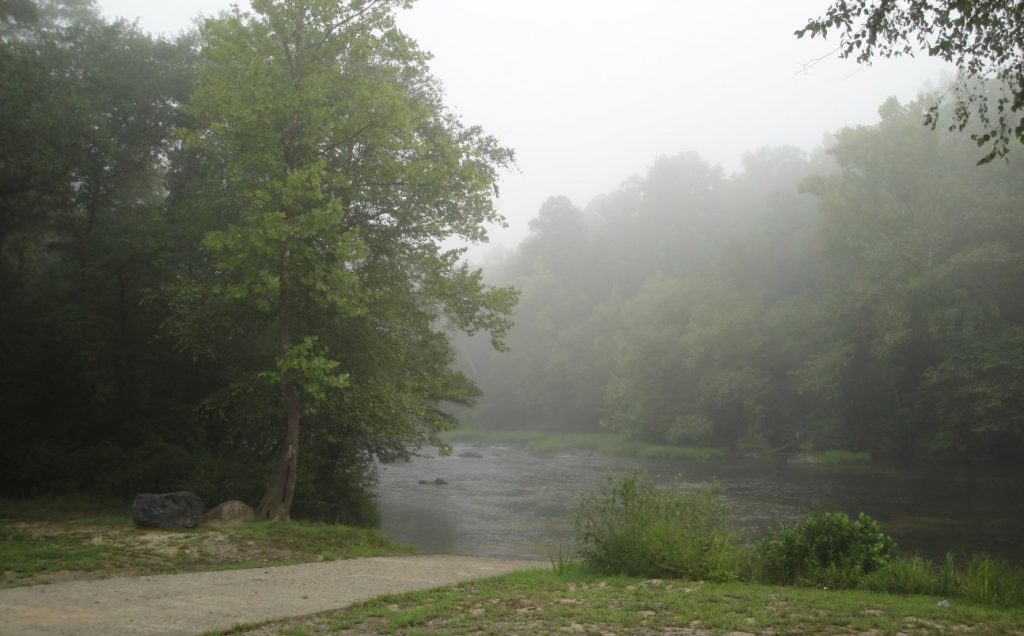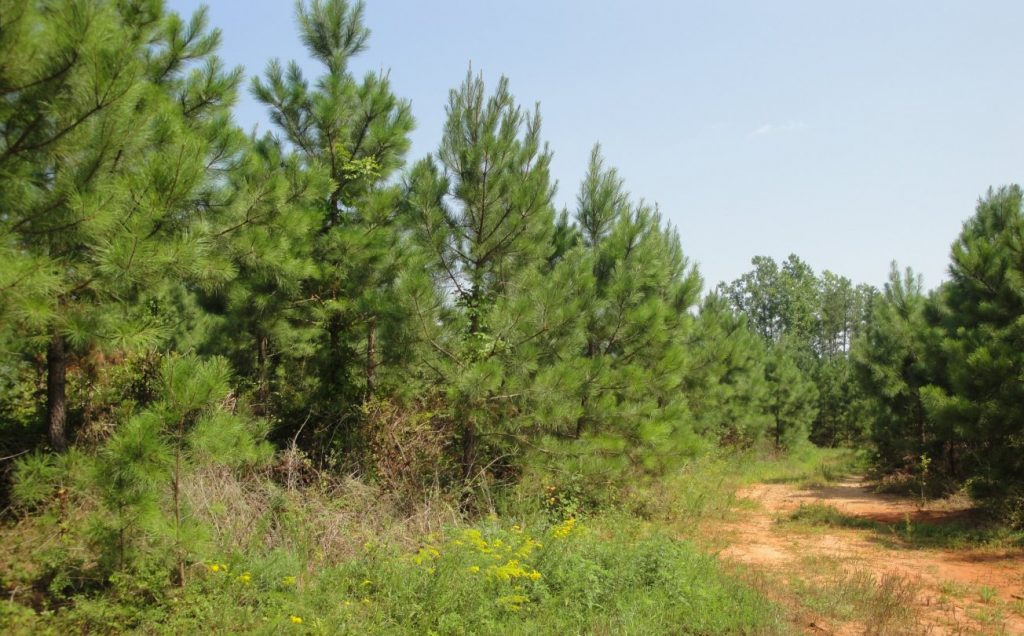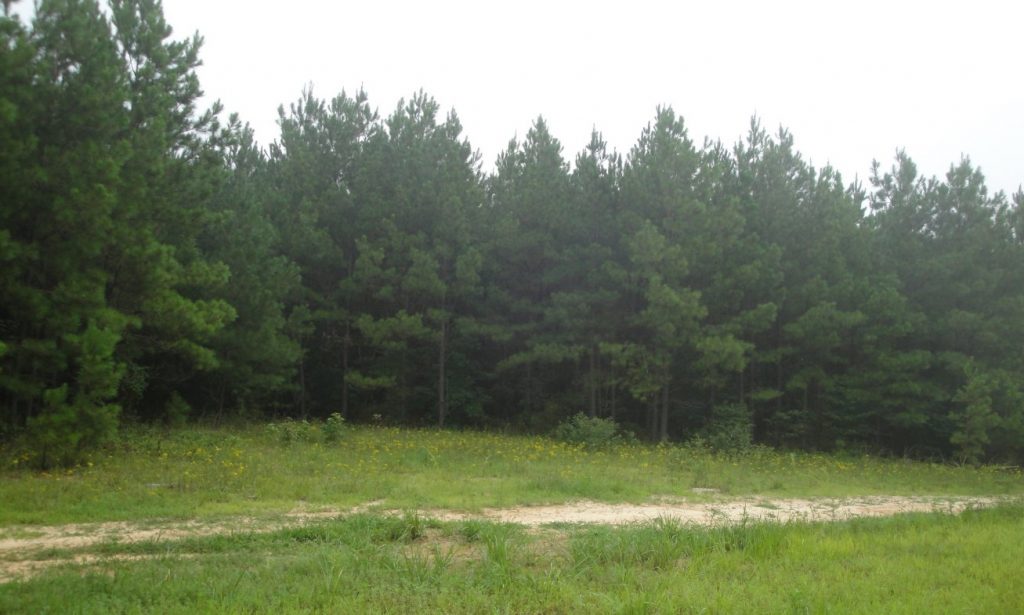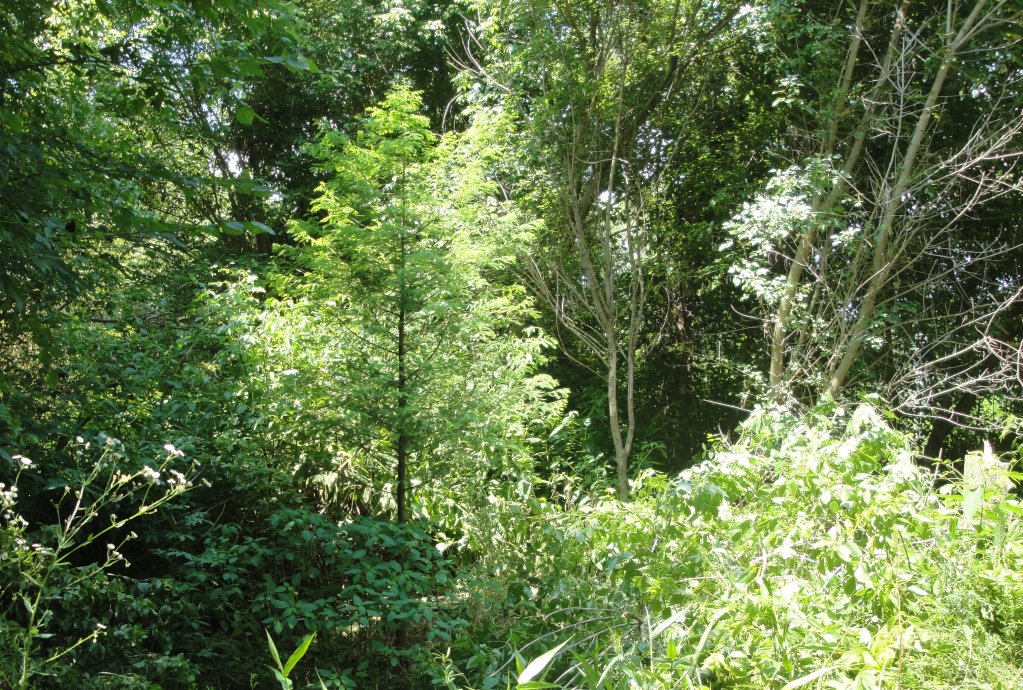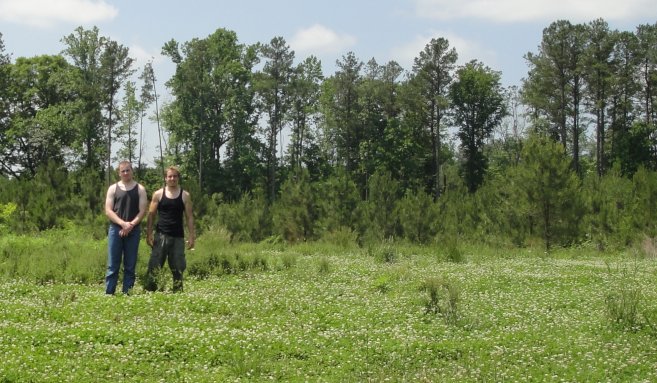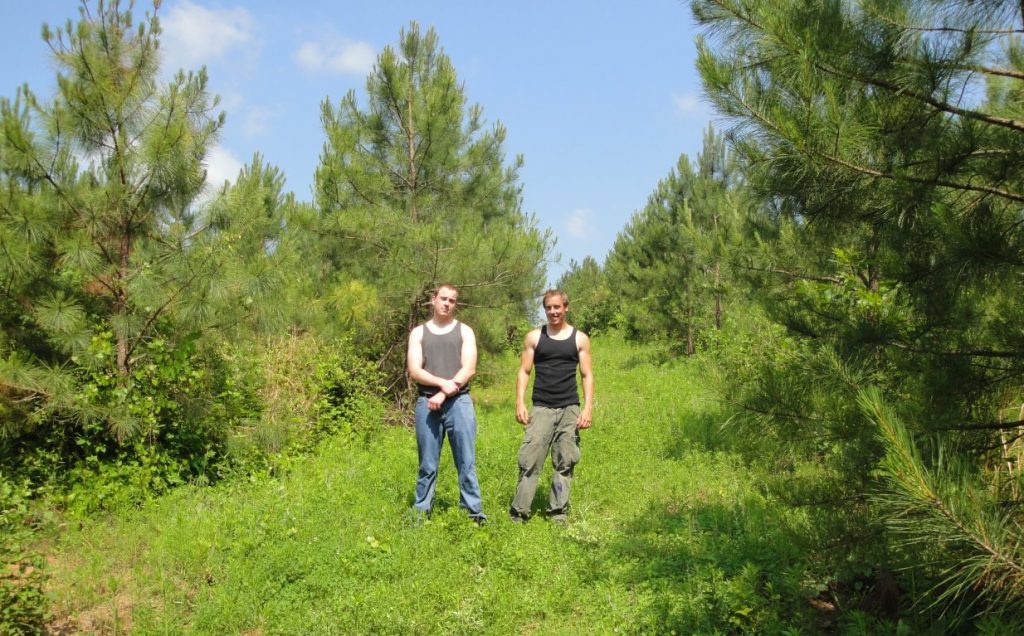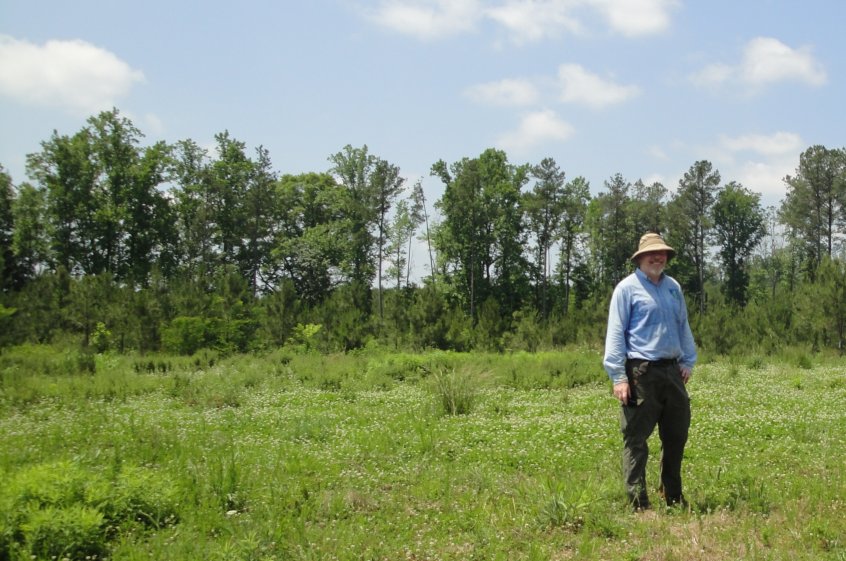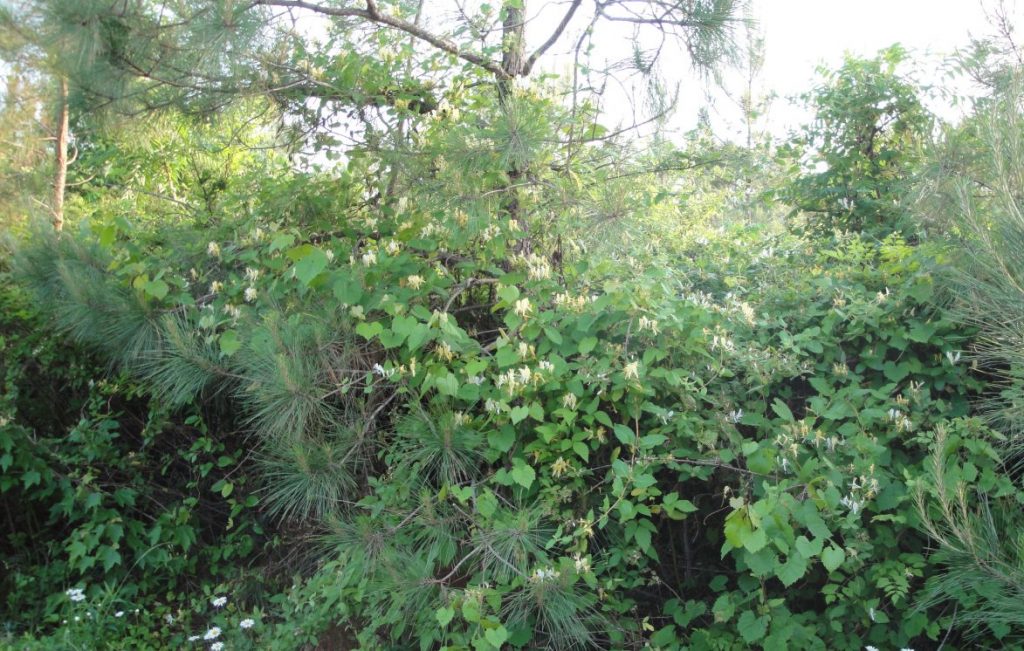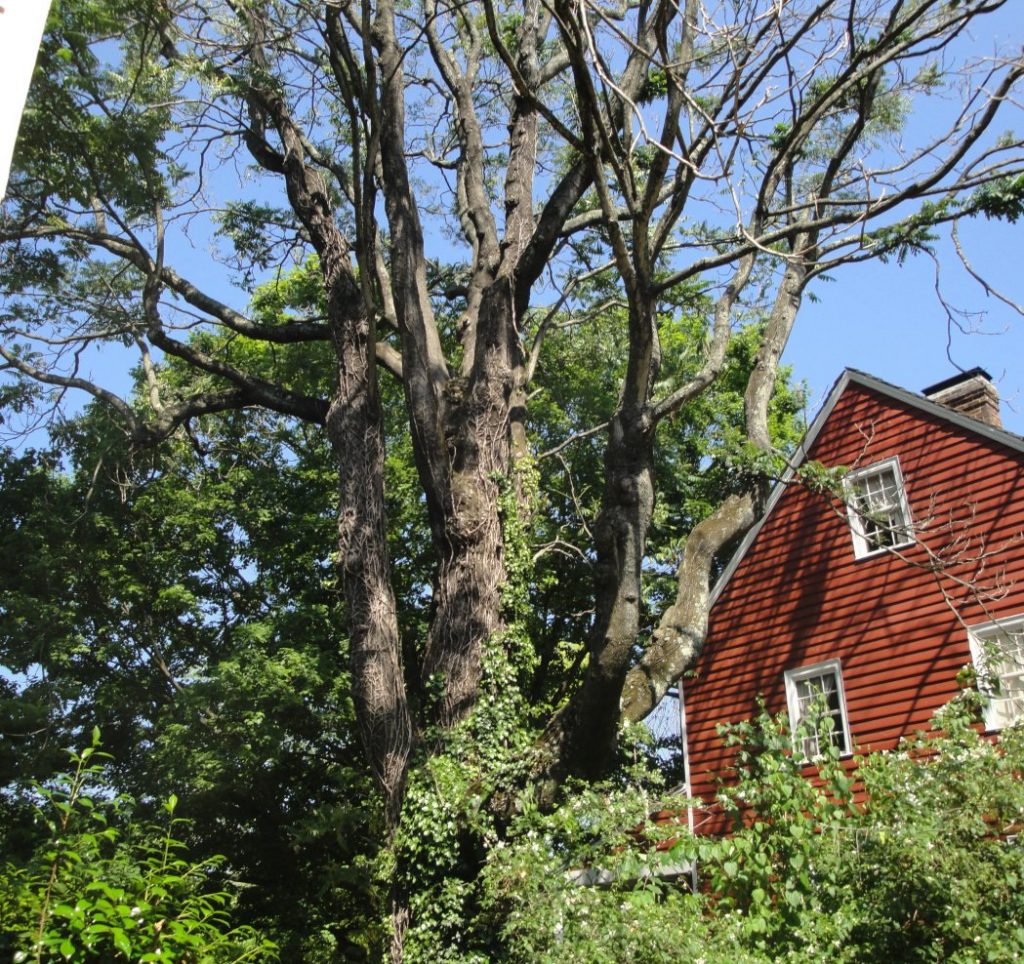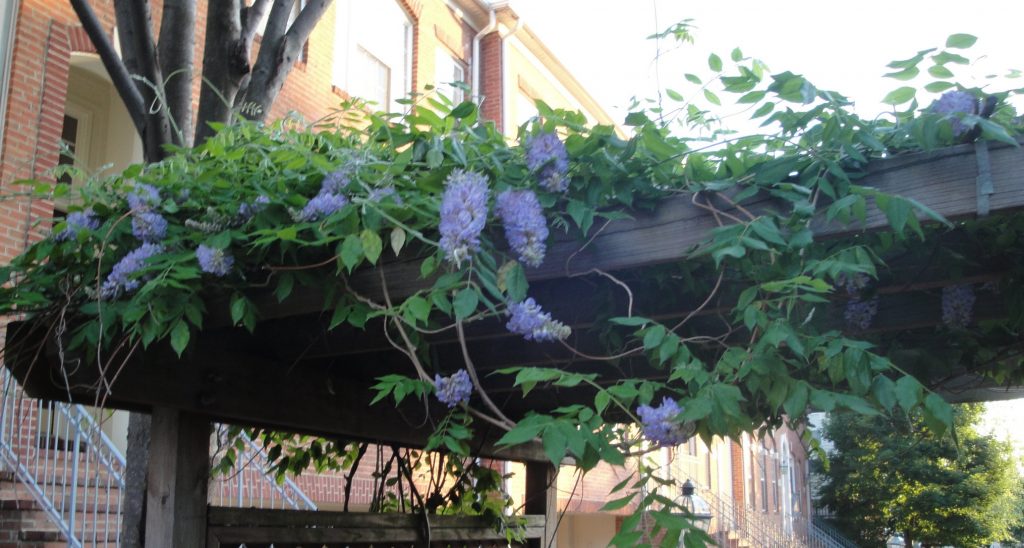A nearly 9000 square mile dead zone in the Gulf of Mexico was there before the BP oil spill. Most well informed Americans were aware of it, if only vaguely, but we didn’t think much about it. It was like the situation of New Orleans before Katrina. Everybody knew about the environmental disaster, but w/o a triggering event or – more importantly – a villain to blame, we just let it slip out of our attention.
It is very hard to focus the public attention on anything that is not urgent, no matter how important. (On the other hand, it is fairly easy to get attention for things that are urgent, even when they are not important.) This is a problem of human nature that goes back to and probably beyond the first recorded civilizations. Reacting to immediate threats comes naturally to us. Thinking about slowly developing long-term situations seems to hurt our brains and tax our cognitive abilities, so we tend to avoid it. But then when the story line becomes compelling enough, we quickly jump to often unsupported conclusions and demand inappropriate action in a kind of self righteous orgy of guilt and blame.
The dead zone was not caused by oil spills. To explain it in a simplified version, it results from nutrients washing off lands as far away as Montana, Minnesota and New York. These nutrients overwhelm the ecology of the waters of the Gulf at the outflow of the Mississippi, causing unusual growth of aquatic plants. When they die back, their decay robs the water of oxygen creating the dead zones. Almost all this nutrient runoff is from non-point sources. That means that there is no pipe to shut off of villainous industry to close down. The Mississippi/Missouri/Ohio river watershed covers much of the country and includes 42% of the U.S. population. If you live there, each time you fertilize your yard or each time the exhaust from your car condenses on the pavement, you are contributing in a small way to the dead zone off the coast of Louisiana. Of course there are bigger players than weekend gardeners. Agricultural fertilizers are a big contributor.
Environmentalism is full of ironies. The successful quest for alternatives to oil could INCREASE the extent of the dead zone if it leads to more acres planted in corn or other bio-fuel crops. And switches to palm oil as a biofuels stock is causing serious deforestation in Indonesia and Malaysia.
Another big contributing factor is flood control and channelization. In its natural state, the Mississippi flooded extensively and changed course promiscuously. Also near the delta were extensive wetlands that slowed the water. All these things allowed sediment to settle and gave opportunities for plants to absorb nutrients and grow faster and stronger. But flooding is inconvenient to people living near the banks of any river and wetlands are tempting targets for development. I am not saying that we can or should abandon the many good engineering works we have done along our great rivers, but we need to choose priorities more carefully. Not every place should be protected from floods and there are some places where we should just not build houses etc.
The problem of the dead zone and the general health of the Mississippi River system will require a collective solution, but not the big government collective solution some people have in mind. Usually, very big problems require lots of small solutions. They require a common understanding and a common commitment but usually not central direction, since detailed decisions need to be made based on local and changing conditions. In other words, we have to let the nature of the situation determine the nature of the solution. A centralized Czar just cannot have real time access to all the necessary information, nor be able to understand all the nuances if he did.
Government must set the framework with laws, regulations and incentives, but they must tread lightly since firms, individuals and NGOs will come up with most of the real innovative solutions. Independent organizations such as the Nature Conservancy have long taken a flexible and holistic approach, working with governments, industries and individuals to protect , preserve and RESTORE important ecosystems. Farmers across the region are switching to low-till of no-till methods, which is having a dramatic effect. A recent indicated that on average, conservation practices have reduced sediment loss from fields by 69 %; reduced nitrogen lost from surface runoff by 46% and reduced total phosphorus loss from fields by 49%, and decreased the percentage of acres that are losing soil organic carbon from 41% to 25%.
Finally, all of us have to learn to cut nature a little more slack. Urban and suburban development is inexorable reaching into the countryside. Ironically, the leading edge is often populated by people who love nature the most. They want to be closer to it. New developments are often very politically correct. They “set aside” significant areas for wildlife preserves or nature protection. But they too often miss a central concern. A big problem for natural environments is fragmentation. A 100 acre intact forest is almost always better than 10×10 acre forests divided by roads and buildings. It sometimes does very little good to create a “preserve” if it is isolated from the larger environment. This is not an insurmountable problem but it does require some forethought, some management and maybe a little less imposed orderliness. For example, corridors connecting preserves, along with so called “soft edge” can vastly multiply their effectiveness. The challenge to this is the chain aspect and the nuisance problem.
The chain aspect refers to the old saying that a chain is only as strong as its weakest link. You can have a wonderful network of nature, but a break in the connections can cause significant declines very far away. Real nature includes bugs and varmints. It also may tend to smell bad. And those nasty much depressions. Just call them vernal ponds and leave them alone. That is where the amphibians breed. Neat lawns, with all the weeds chemically controlled and all the grass the same height is a kind of desert. It tends to support a lot of geese, which may not be a good thing, but not much else. We have to be a little more “diverse” in what we call neat.
